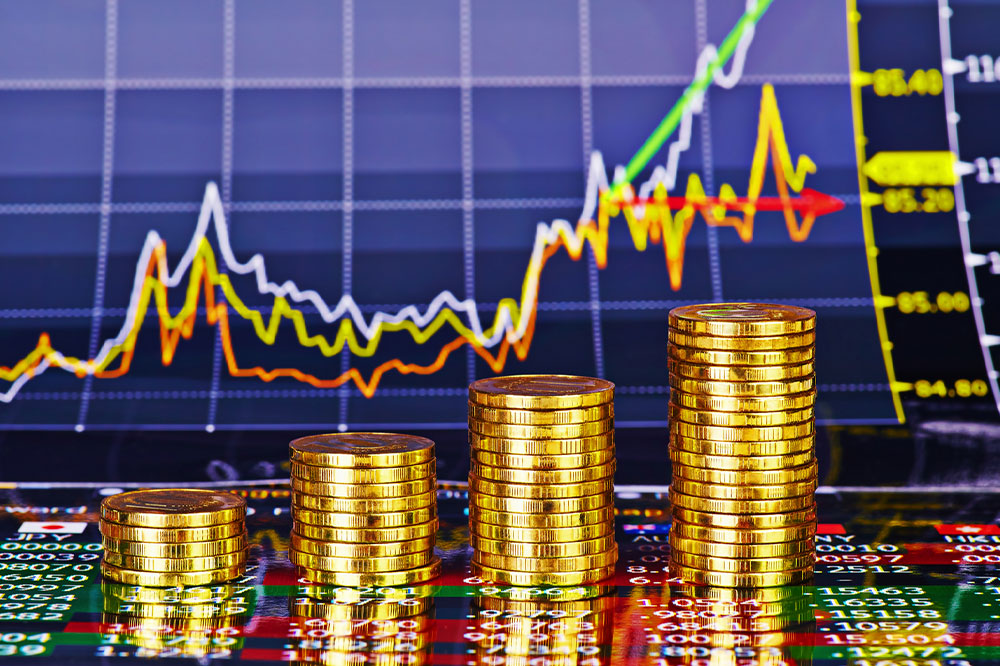All You Need to Know about Choosing High Dividend ETFs
Dividend ETFs, by definition, are any exchange-traded fund that aims to provide high yields by investing in a wide range of high-dividend-paying common stocks, preferred stocks, or REITs. Investors love high-dividend-yield ETFs. Many people focus only on these dividends and do not take other characteristics associated with them into consideration, especially high-dividend-paying stocks. This is generally because these stocks have more stable cash flows than stocks that perform otherwise.
How to choose high dividend ETFs
You should ensure to do the right research and check how much you can invest in these funds.

A direct relationship between dividend yield and historical returns
If you rank stocks based on their dividend yield over the last 12 months, what you will typically find is that there is a direct relationship between dividend yield and historical returns. As compared to lower-yielding ETFs, the highest-yielding ETF stocks offer higher historical returns. However, the lower-yielding ETFs offer better returns than non-dividend payers. Moreover, when you look at different factors, you will find that the outperformance of dividend-payers is actually correlated with the outperformance of certain factors that tend to be associated with dividend-paying stocks.
More stable cash flows in case of high dividend ETFs
One thing investors sometimes do is aim for the highest possible income that is known as the dividend income, and in fact, there are high dividend ETFs set up to do this. There are risks associated with aiming for high-dividend-paying stocks.
While mentioning that dividend-paying stocks, in general, do tend to have more stable cash flows than their non-dividend counterparts, it is not necessarily the case with the highest-yielding stocks. If you narrowly focus on yield, you run the risk of owning a disproportionate share of companies that relatively have poor business prospects, that are paying out a very high share of their earnings as dividends. Moreover, should their earnings fall, they may not have as much of a cushion to buffer their dividends.
Stocks generally have two types of flows. There are also stocks from countries outside the US that are becoming more prominent in the stock market. So if you collectively look at flows into ETFs in the Morningstar US foreign large-blend category and the diversified emerging markets categories, what you will see across these two categories is an approximate collective of $51 billion in net flow in the first five months of the year. So, investors are pouring more and more money into stocks from regions outside of the country.
High dividend ETFs do not take the front seat with respect to valuations and price discovery. There was a recent study that showed that ETFs now own about 6% of the overall market capitalization of the US equity markets. The growth in ETF is by no means affecting the price discovery in the markets at large because they represent an ever smaller portion of actual trading in those stocks, and that’s where price discovery actually takes place.
If ETFs and index mutual funds grow to represent an even larger portion of the overall markets, there might not be some issues. You can look at the Active/Passive Barometer Report to look for any types of evidence regarding the issues with the market. You can check for this report to know of the performance of the active funds against their passive peers. The Active/Passive Barometer Report uses different and unique ways to measure the success of active managers.
Product development, in particular, has crossed the border between true investor-centric innovation and product proliferation. It has been on the market for some time, the fees for the same have come down over time, their trading volumes and assets have grown with time.
Moreover, if you size up the marketplace now, you will see that there are more than 2,000 exchange-traded funds. The 100 largest have about three-quarters of the assets that have been accumulated over the past three years. These ETFs are uniformly diversified. They are basic core portfolio building blocks that are very useful for a wide spectrum of investors. Focus your time and attention on allocating your money in the direction of these funds, and if nothing else, you can reap the benefits out of the high dividend ETFs that are currently amongst the top market trends.
With these pointers, you can choose the right kind of high dividend ETF to invest your money in.